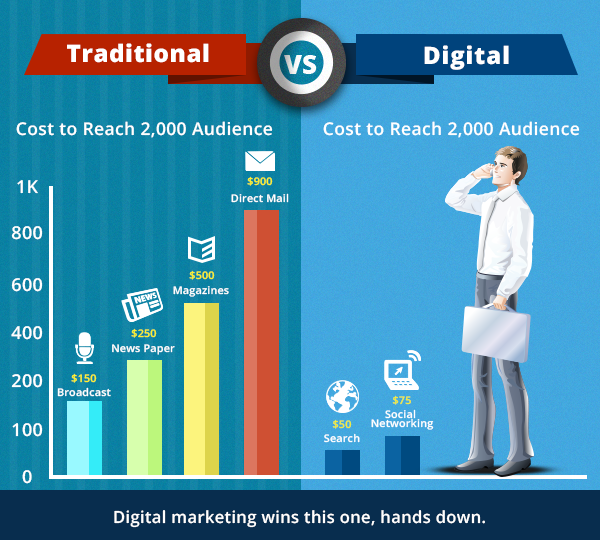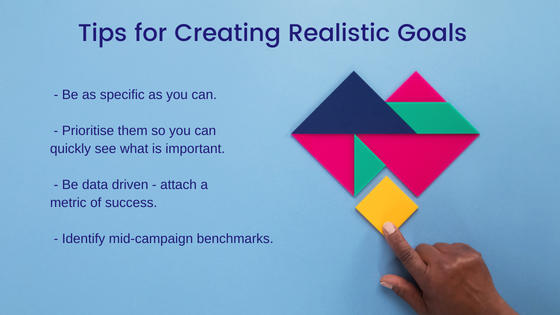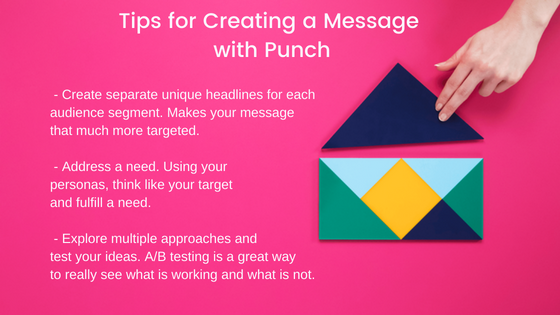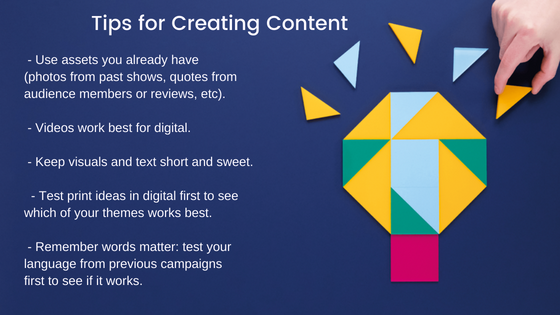How to Choose the Correct Marketing Mix

The Marketing Mix of the Past
Before the digital age, Above the Line and Below the Line promotional tools were really the only ways to communicate with audiences. Above the line, typically radio and TV ads or magazine and newspaper print ads, were (and still are) the domain of companies with deep pockets. This type of advertising is largely untargeted and focused on brand building with great reach.
Below the Line options include PR and promotions that are typically more focused and targeted including brochures, direct mails, leaflet drop, signage and sponsorships.
The holy grail, of course, is Through the Line, where Above the Line and Below the Line strategies give you both extensive reach as well as targeted conversions.
In the past, achieving a true Through the Line approach was virtually impossible on smaller marketing budgets, but digital marketing has changed all that.
Web 2.0 and Digital Marketing
With the emergence of Web 2.0 came a powerful digital social world. In the early 2000s, we saw the rise of Facebook, LinkedIn, and Wordpress. Now, almost two decades later, we can take advantage of these democratised marketing channels.

Does this mean that traditional marketing is dead? Of course not! But it does mean, that it levels the playing field for smaller organisations who still want to reach and delight their audiences.
Harnessing the Right Marketing Mix in the Arts
A big part of what we do at Ticketsolve is to work directly with customers on specific problems they are having or goals they are trying reach. During one of these recent consultations, we were asked to help devise a marketing strategy for a West End show that was appearing in one of customers venues.
First, we needed to understand what they had done in the past for show promotions. Typically, a majority of their marketing spend went towards big splashes in the local press. We needed to challenge this rationale and devise a more data-driven approach to campaign creation and execution.
We agreed on following a clear, seven-step process.
Step 1: Set Clear Goals
Sit with the entire team and agree what the goals of the campaign are. Remember to include all the various stakeholders and partners, so that you can get a 360-degree view of the project and campaign from everyone’s viewpoint. Get talking to the team and make people feel heard!

Below is an example of a clearly defined goal.
Goal: Hit 80% capacity
Metric: 80% capacity ticket sales
Benchmark: Last Years 70% show
Step 2: Identify Your Audience
Once you are clear on your goals and the metrics you will use to measure success, you need to identify your target audience. First, you will need to segment your audience. If you are new to segmenting, you can learn more in our articles Audience Segmentation and Audience Segmentation: Get Started Quickly, and of course, Ticketsolve makes it easy to start segmenting your audiences! Once you have segmented your audience you need to:
-
Identify their perceptions and needs - you can do this through persona development.
-
Explore where your audience lives online and how you can best communicate with them.
Below is an example of a way to define targeting your audience:
Segment: Interested in Musicals
Description: Customers who have attended musicals in the last 18 months
Channel: Email, Facebook, Twitter, Instagram
Step 3: Build Your Message
We’ve written before about building a good compelling message for your digital marketing campaigns (Content Marketing: Creating A Message Map and Cutting Through the Social Media Noise). The key thing to remember is that your target audience is bombarded with messages all day long. They will only remember one big idea from your campaign so keep it simple.

Using headlines is a great way of whittling down your message to one core idea; it keeps you honest if you only have one sentence! Think about what your audience needs to hear, not just what you want to say (remember to keep their motivations in mind). You can come up with several headline ideas, and then test your messaging with audiences. And don’t worry: testing doesn’t need to take lots of time. If your message is for an upcoming show, just stick around the lobby and chat with your audience to casually test your ideas.
Step 4: What Channels Are Best to Reach Your Audience
We’ve got our goal, our audience and our message. Now what are the best ways to reach those audiences? When evaluating each channel besides looking at straight demographic information, be sure to be clear on what the purpose of using that specific channel. For example:
Segment: Current Musical Customers
Channel: Email
Purpose: Show our value by sending useful content
So what are some of the best channels to use?
Email Lists: Goes without saying, if you have one use it, if not start building one. Remember segmentation will give you more engagement.
Social Media: While it does take time (and now money), social channels are great for reaching broad groups. Of course, it depends again on your audience, so pick the right segmented group for the right channel and you are on to a winner!
Online Ads: These do tend to need specialised help (Adwords or Display), but can work well depending on the audience you are after.
Website: This is the single most critical place to convert visitors into patrons. Put extra effort here on crafting the best message you can.
Offline: While there is an argument for offline marketing (check out our post to see if your brochures are working for you), promotions in print, radio, TV, billboards, and posters are often expensive, never mind the difficulty in changing course if the campaign is not working.
Below is an example of refining your channel:
Segment: The Field
Channel: Social Media Ads and Website
Purpose: Target users similar to our members, make them aware we exist, drive them to our website to convert into sales.
Step 5 . Budget Your Campaign
Budgeting is, of course, a no-brainer and critical to running an effective campaign. One great tip is to work backwards when building your budget. Set your budget based on expected results, rather than the other way around. Think about what you want to achieve on each channel, and how much you are willing to spend. Working backwards in this way, keeps you focused on results. And remember to include time spent as well - that is an important resource and should be accounted for in your budgeting.
Reviewing previous campaigns’ budgets, and how successful each channel was, gives you a benchmark and starting point. From here, you can critically look at digital versus print campaigns. In our view, digital is the better option, not only because of consumer trends but also because with digital channels you can easily pivot if you need to - without the expense. Keep in mind, that “cost per click” buying (social ads), will generate a lot of good value. However, cost per conversion can be tricky. Remember the ad platform has a profit motive too. As with everything, the budget will need to be reviewed at regular intervals, so that changes can be made based on which channel/segment is performing best. Finally, your editorial calendar can act as the holy grail of activity, identifying what needs to happen throughout the whole length of the campaign.
Step 6: Creating Content that Engages
While it may sound counter-intuitive, it is best to wait until the end of your campaign planning process to start creating content. Saving content creation to the end of the process allows you to ensure that you will have a well-thought execution plan and budget. Importantly, it also means, your audience research can guide your content creation.

Step 7: Adapting your Campaign for Maximum Results
Your campaign plan isn’t set in stone, it might need to change during the campaign when you learn what’s working best. So part of your planning process should be anticipating what might go right or wrong and how you can adapt. That means you need to know what to measure and WHEN it’s going right or wrong. At the end of the campaign, remember to review the whole process, and capture your learnings in some short bullet points you can keep handy for the next campaign.
The example below shows how to measure and analyse your results.
Use UTM codes to measure digital sorts and unique landing pages or discount codes to measure
- Choose 2-3 points in campaign to re-evaluate your approach and adaptUTM codes help track digital (Google or Ask)
- For online, create unique codes to track or send visitors to unique pages on your site
- In order to
- measure effectiveness, you need to know how people learned. When you ask them, they usually just remember WOM
- You set mid-campaign benchmarks, use them at intervals
We hope this has been a useful guide in thinking about your marketing mix. As always, if you have any questions or would like help refining your marketing mix, we’d love to hear from you!
Categories
Recent posts
Archive
- December 2025 (2)
- November 2025 (1)
- October 2025 (3)
- September 2025 (1)
- August 2025 (3)
- July 2025 (3)
- June 2025 (3)
- May 2025 (4)
- April 2025 (5)
- March 2025 (5)
- February 2025 (4)
- January 2025 (4)
- December 2024 (3)
- November 2024 (5)
- October 2024 (4)
- September 2024 (7)
- August 2024 (5)
- July 2024 (3)
- June 2024 (3)
- May 2024 (3)
- April 2024 (3)
- March 2024 (4)
- February 2024 (5)
- January 2024 (3)
- December 2023 (3)
- November 2023 (4)
- October 2023 (4)
- September 2023 (5)
- August 2023 (3)
- July 2023 (4)
- June 2023 (4)
- May 2023 (5)
- April 2023 (4)
- March 2023 (4)
- February 2023 (5)
- January 2023 (4)
- December 2022 (4)
- November 2022 (3)
- October 2022 (4)
- September 2022 (5)
- August 2022 (2)
- July 2022 (4)
- June 2022 (5)
- May 2022 (4)
- April 2022 (5)
- March 2022 (3)
- February 2022 (4)
- January 2022 (4)
- December 2021 (2)
- November 2021 (3)
- October 2021 (5)
- September 2021 (4)
- August 2021 (4)
- July 2021 (3)
- June 2021 (4)
- May 2021 (2)
- April 2021 (4)
- March 2021 (5)
- February 2021 (4)
- January 2021 (5)
- December 2020 (4)
- November 2020 (4)
- October 2020 (5)
- September 2020 (5)
- August 2020 (4)
- July 2020 (7)
- June 2020 (5)
- May 2020 (5)
- April 2020 (5)
- March 2020 (8)
- February 2020 (4)
- January 2020 (5)
- December 2019 (3)
- November 2019 (5)
- October 2019 (4)
- September 2019 (4)
- August 2019 (5)
- July 2019 (4)
- June 2019 (4)
- May 2019 (5)
- April 2019 (4)
- March 2019 (4)
- February 2019 (3)
- January 2019 (5)
- December 2018 (4)
- November 2018 (8)
- October 2018 (2)
- September 2018 (3)
- August 2018 (5)
- July 2018 (4)
- June 2018 (4)
- May 2018 (1)
- April 2018 (1)
- March 2018 (3)
- February 2018 (2)
- December 2017 (2)
- November 2017 (3)
- October 2017 (4)
- September 2017 (2)
- August 2017 (1)
- July 2017 (5)
- June 2017 (3)
- May 2017 (2)
- April 2017 (3)
- March 2017 (2)
- February 2017 (3)
- January 2017 (3)
- December 2016 (4)
- November 2016 (1)
- September 2016 (1)
- July 2016 (3)
- June 2016 (1)
- May 2016 (2)
- April 2016 (2)
- February 2016 (1)
- January 2016 (3)
- December 2015 (2)
- September 2015 (1)
- August 2015 (2)
- July 2015 (1)
- June 2015 (2)
- May 2015 (2)
- April 2015 (5)
- March 2015 (2)
- February 2015 (2)
- January 2015 (4)
- December 2014 (3)
- November 2014 (3)
- October 2014 (2)
- September 2014 (3)
- August 2014 (3)
- July 2014 (3)
- June 2014 (7)
- May 2014 (6)
- April 2014 (3)
- March 2014 (2)
- February 2014 (1)
- January 2014 (3)
- December 2013 (1)
- August 2013 (1)
- June 2013 (1)
- April 2013 (1)
Sign up for regular updates


